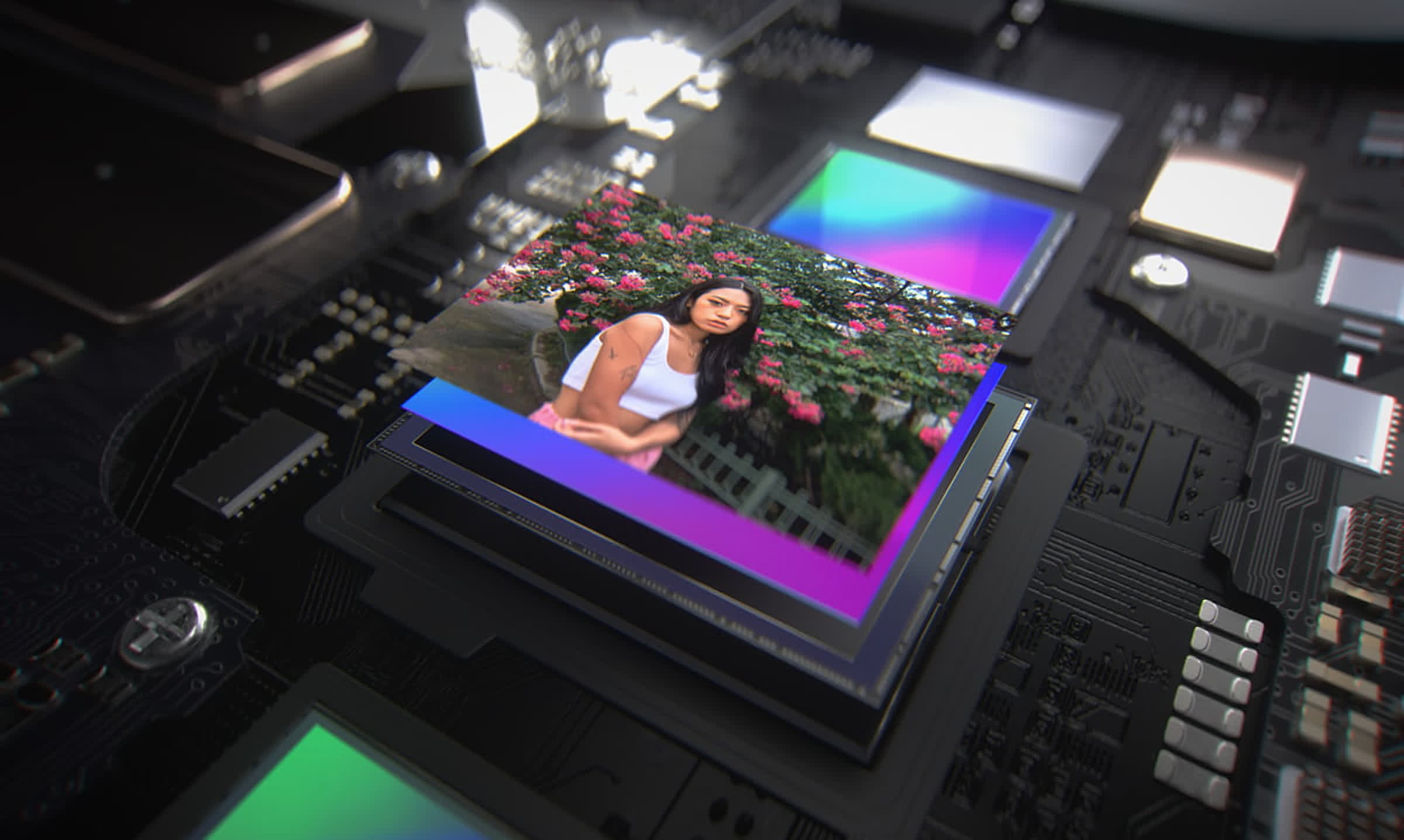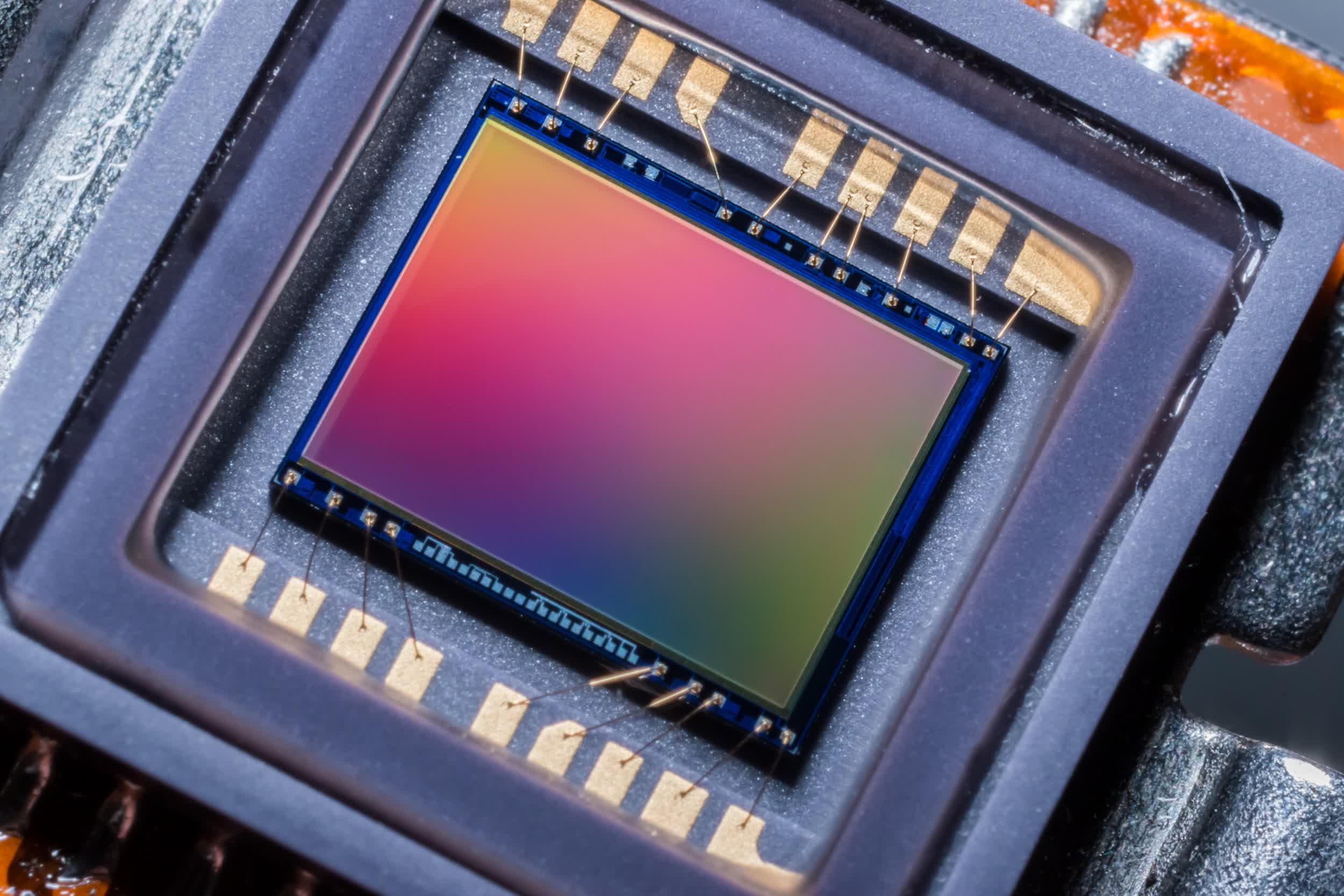In brief: Not content with a 108-megapixel sensor, Samsung has made a 200-megapixel monstrosity that's designed to trade off resolution for better low-light performance when needed, thanks to pixel-binning. It will most certainly land in a Galaxy S or Galaxy Z phone at some point in the future, but it may actually debut in a Xiaomi device in early 2022.
Samsung's latest innovation for the camera-obsessed smartphone industry is the ISOCELL HP1 sensor, which promises to take image and video capture to a whole new level for mobile photography enthusiasts.
The new sensor has a resolution of no less than 200 megapixels, breaking the record held until recently by the company's 108-megapixel ISOCELL Bright HMX, which was developed in collaboration with Chinese phone maker Xiaomi.
As many of our readers are undoubtedly aware, 200 million pixels crammed into a small camera sensor don't necessarily produce the best image capture. This is why Samsung employs a new pixel-binning technique called ChameleonCell that allows the sensor to group neighboring pixels in various configurations, either in two-by-two or four-by-four layouts depending on the situation, to act as a single unit.

For low-light environments, the sensor can essentially act as a 12.5-megapixel one with pixels that are 2.56 microns in size, or a 50-megapixel sensor with 1.28-micron pixels. In close-to-ideal conditions, the ISOCELL HP1 will use the entire 200-megapixel array to capture as much detail as possible. Another highlight of the HP1 is that it can shoot 8K video at up to 30 frames per second using the four-by-four configuration.
Accompanying the ISOCELL HP1 announcement is the ISOCELL GN5, which sports a more modest 50 million pixels that are 1 micron in size. Despite the lower pixel count, the latter sensor features improved autofocus performance, as well as Dual Pixel and Front Deep Trench Isolation (FDTI) technologies that allow for more light absorption and less crosstalk within the pixels.
